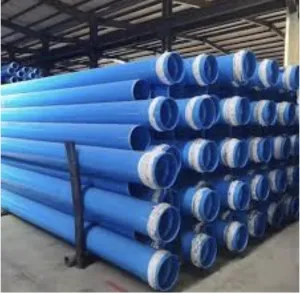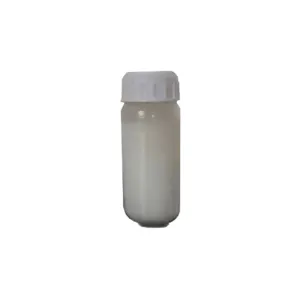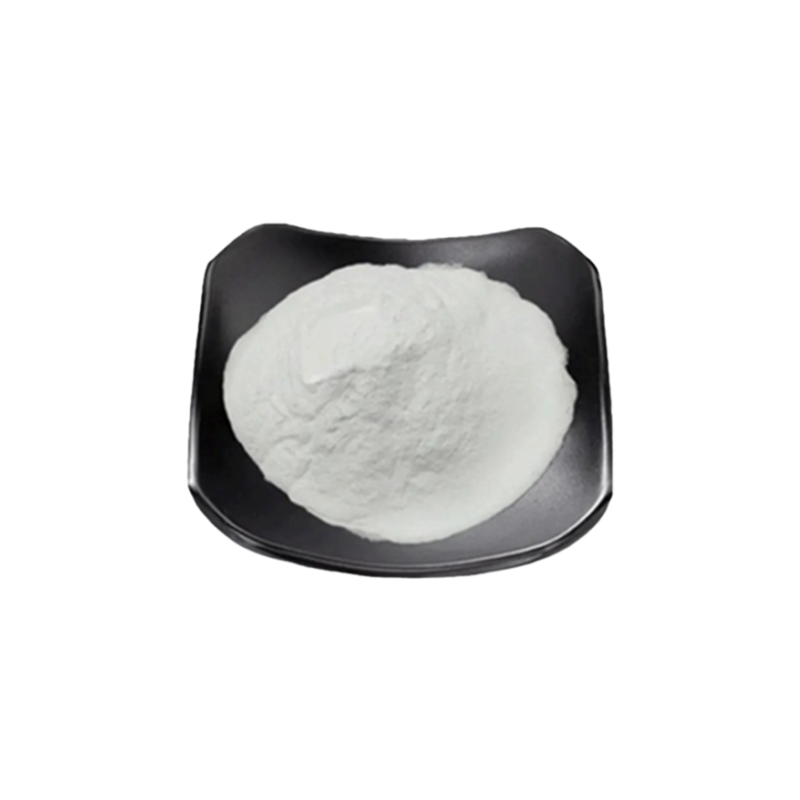Soda ash market last week by light alkali enterprises to replenish the stock led by the rebound market has cooled this week, the main futures contract prices fell from the high of 1950 yuan / ton after the trend again entangled. A large factory that the market focused on this week did not adjust the ex-factory price, the spot market took orders weaker than the previous month, and there are still expectations of price reduction in the future. The upper space of 1900 yuan / ton is temporarily closed, but near 1750 yuan / ton below the current position is supported by ammonia alkali cost and upstream price-up phenomenon, under its own lack of drive, the disk concussion amplitude narrows again. The main contract leaves less and less time for both sides to play the game. what is the trading logic of the long and short parties at present, and who can be better in the future?
First of all, the main logic of bears is still the logic of overcapacity that runs through the past two years, although this logic was repeatedly falsified in stages last year, but the expectation of market surplus has not changed. At present, the biggest negative expectation of market trading has been fulfilled, that is, a large amount of new production capacity on the supply side has been reached. China's weekly output has climbed to an all-time high of nearly 750000 tons, with a surplus of nearly 100000 tons after subtracting the current actual rigid demand downstream. And the downstream is also well aware of this, in order to reduce their own raw material inventory to suspend procurement to force the upstream to reduce prices, the market forms continuous negative feedback. In theory, when negative feedback stops, we need to see supply and demand balance again, then we need to see the clearing of upstream production capacity, and some ammonia-alkali enterprises with higher costs will first face elimination, which will require market prices to break through their cost line. even in a state of loss for a long time to achieve. This is also based on the market main logic under the operation of the commodity cycle.
In addition, a large number of imported alkali is also a big reason for suppressing China's profits. The source of imported goods is basically natural soda with greater cost advantage, and overseas production is also superfluous. in order to grasp the Chinese market, the overseas pricing model will basically be adjusted synchronously with Chinese prices to maintain a reasonable price gap. This puts greater pressure on China's pricing and is also a big dependence on short sellers.
The long logic is a game to falsify the short logic in stages. The above-mentioned maximum bearish expectations have basically been fulfilled, and although there are indeed plans for new capacity in the future, it is basically difficult to meet them before the delivery of the contract in May. Bears do not take into account this expectation, and under the situation that they already have excess production, the significance of further increment is also relatively limited. The bulls are taking advantage of the fact that the expectation of increasing production has been fulfilled and the bears lose the drive to continue to press down. Correspondingly, after the supply increment is basically full, the inventory of Chinese manufacturers as a whole has not reached the expected high level, and the problem of unbalanced inventory distribution continues. A wave of centralized replenishment will cause a tight supply situation in local areas and drive market sentiment, which may be alleviated by the gradual spread and increment of distribution positions of follow-up large manufacturers. As for the problem of social hidden inventory, there are different rumors in the market, but in theory, the downward trend of hidden storage will actively accelerate the trend because of its own mentality problems in the middle reaches. But at present, when the production cost curve is relatively stable, the upstream enterprises give the speculative confidence that the middle reaches must rely on cost support. Therefore, no matter how the market spreads a large amount of hidden inventory, it is difficult to directly reflect on the disk break drive at the moment, of course, with the continuation of time, various costs and caking problems will always appear, but it is not enough to have a big impact.
In addition, the problem of cost support is also a strong dependence on the bulls. Last week, the bulls fought back against the cost of ammonia and alkali. According to the logic of market surplus, the ammonia-alkali cost should be broken down in theory, and the time point of the breakdown is the focus of the game. As far as the moment is concerned, the inventory pressure of ammonia-alkali enterprises is not great, and it is not time to actively sacrifice profits. Then it can only be passive breakdown cost, that is, natural alkali and co-alkali enterprises give priority to reduce prices to seize market share under their costs to force them to lose money. This involves the problems of the degree of association, concentration and market development of alkali plants. The concentration of the soda ash industry is getting higher and higher, and the behavior of joint upstream bidding has become commonplace. At present, the appropriate production reduction and maintenance of several large factories is enough to achieve the goal of stabilizing the market. If you really want to tear the face of vicious competition with cost advantage, it will still take time to backlog contradictions. If you look at it from another perspective, alkali plants will face the pressure of environmental protection policy elimination in 2025. Before that, is it necessary for large factories to excessively squeeze the profits of the industry? We do not know this, but a clear point in the bullish logic is that China's ammonia-alkali enterprises account for nearly 38% of their production capacity. If ammonia-alkali enterprises lose money and are eliminated, then the relationship between supply and demand will be completely reversed. Of course, even if there is a theoretical production loss, the cash flow of the alkali plant will not be interrupted immediately, depending on who can survive who, and once there is a signal of a large number of shutdowns, it will open a new chapter for long logic to dominate the market.
Another point that is more important is the problem of demand. The stability of demand downstream of soda ash is relatively high, especially for glass enterprises, because of their inability to interrupt production, it is very difficult for them to get the pricing power of raw materials for a long time and stably. On the contrary, it will disturb their procurement rhythm because of the upstream price-raising behavior. It is precisely because of this that the upstream has the confidence to stand up for the price, and the middle and lower reaches will also have the psychology of bottoming out when raw material prices are at a low level. At present, another major driver that can make soda ash prices go down further is the reduction in demand, that is, cold repair by glass enterprises. Glass factory should not be easy cold repair until the last resort, need to see the glass price break through the cost line after a long-term loss and continue to be pessimistic about the future. At present, the glass market is indeed pessimistic in the future, but the market price has not yet broken the cost line, and even on the premise of profit, the supply is still expected to grow. So the subsequent glass price priority to break through the cost line may be the time when soda ash really collapses.
To sum up, the current short trading is the medium-and long-term logic, the long trading is the logic of short-term falsification of short expectations, and the dependence of the long may gradually weaken over time. From the perspective of the futures market, the current main 05 contract is gradually approaching from the delivery time, and the problem of basis convergence gradually appears. Recently, after the futures price approaches the ammonia-alkali cost line, the psychology of the alkali plant price has appeared, and some maintenance plans have also been announced. It is more difficult for the futures price to break down in the short term, and it is still possible to rush up and fix the base difference. Before that, whether the spot market can stay strong and whether there will be more production cuts in the upper reaches are the focus of attention.














